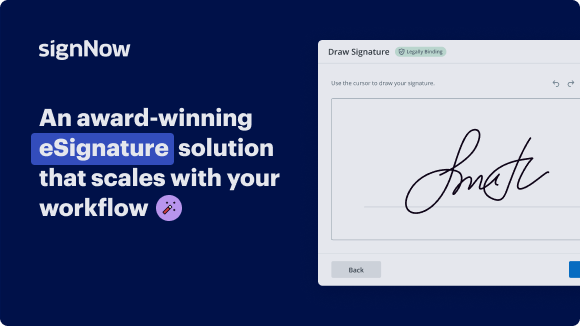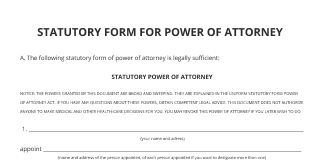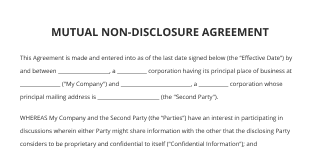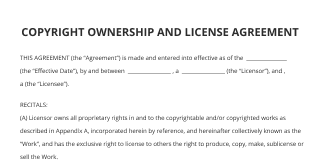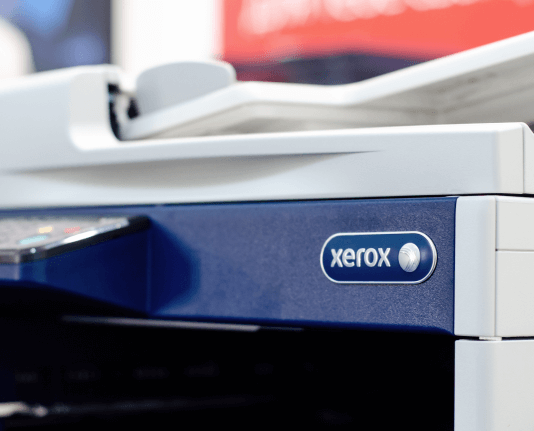Understanding the Invoice and Receipt Difference for Better Business Management
Move your business forward with the airSlate SignNow eSignature solution
Add your legally binding signature
Integrate via API
Send conditional documents
Share documents via an invite link
Save time with reusable templates
Improve team collaboration
See airSlate SignNow eSignatures in action
Understanding the Invoice and Receipt Difference
An invoice and a receipt serve different purposes in a business transaction. An invoice is a document issued by a seller to request payment from a buyer. It outlines the goods or services provided, the amount due, and the payment terms. In contrast, a receipt is a confirmation of payment received. It typically includes details such as the date of the transaction, the amount paid, and a description of the goods or services purchased.
Key Features of Invoices
Invoices are essential for tracking sales and managing accounts receivable. They usually include:
- Invoice number: A unique identifier for tracking purposes.
- Date of issue: The date when the invoice is created.
- Payment terms: Information on when payment is due and any penalties for late payment.
- Itemized list: A breakdown of products or services provided, including quantities and prices.
Businesses often send invoices before payment is made, allowing them to manage cash flow effectively.
Key Features of Receipts
Receipts are important for both buyers and sellers as proof of transaction. They typically contain:
- Receipt number: A unique identifier for the transaction.
- Date of payment: The date when the payment was made.
- Amount paid: The total amount that was paid by the buyer.
- Payment method: Information on how the payment was made, such as cash, credit card, or check.
Receipts are often provided immediately after payment and serve as a record for future reference, returns, or warranty claims.
When to Use Invoices and Receipts
Understanding when to use invoices and receipts is crucial for effective financial management:
- Use invoices: When requesting payment for goods or services provided. This is common in business-to-business transactions or when payment is not made at the time of service.
- Use receipts: When confirming that payment has been received. This is typically used in retail transactions or when services are paid for immediately.
By distinguishing between these two documents, businesses can maintain accurate financial records and enhance their accounting practices.
Legal Considerations
In the United States, both invoices and receipts play important roles in accounting and tax reporting. Invoices may be required for tax purposes to substantiate income, while receipts are essential for documenting expenses. Keeping both documents organized can aid in audits and financial reviews.
Digital Solutions for Invoices and Receipts
Utilizing digital tools can streamline the process of creating and managing invoices and receipts. With airSlate SignNow, users can easily prepare and send invoices for eSigning, ensuring secure transactions. Additionally, users can create and customize receipts, making it simple to provide proof of payment. This efficiency helps businesses maintain professionalism and accuracy in their financial dealings.
airSlate SignNow solutions for better efficiency
Our user reviews speak for themselves






Why choose airSlate SignNow
-
Free 7-day trial. Choose the plan you need and try it risk-free.
-
Honest pricing for full-featured plans. airSlate SignNow offers subscription plans with no overages or hidden fees at renewal.
-
Enterprise-grade security. airSlate SignNow helps you comply with global security standards.

Comprehending the variance between invoices and receipts
In the realm of business finance management, it is essential to grasp the distinction between invoices and receipts. Invoices serve as claims for payment, whereas receipts verify that the payment has been made. Employing tools such as airSlate SignNow can enhance your document signing operations, simplifying the management of these vital financial papers.
Procedures to employ airSlate SignNow for understanding the invoice and receipt variance
- Launch your web browser and head to the airSlate SignNow site.
- Register for a free trial account or log in if you possess one already.
- Choose the document you intend to sign or send for signatures and upload it.
- If you anticipate reusing this document, save it as a template for later use.
- Open your uploaded document and make necessary modifications, like incorporating fillable fields or adding specific details.
- Sign the document and assign signature areas for the recipients.
- Click 'Continue' to set up and dispatch an eSignature request.
By capitalizing on airSlate SignNow, organizations can attain a substantial return on their investment owing to its wide-ranging features in relation to cost. The platform is intuitive and adaptable, making it perfect for small to medium-sized enterprises. With clear pricing and no concealed charges, you can access excellent 24/7 assistance with any paid plan.
Begin streamlining your document management now with airSlate SignNow. Discover the advantages firsthand and improve your business processes!
How it works
airSlate SignNow features that users love
Get legally-binding signatures now!
FAQs
-
Do I need an invoice or receipt?
Invoices and receipts: The main differences. Invoices are essentially a request for payment, so you might receive them before, during, or after the payment is complete. Receipts are given after payment. Invoices advise the buyer how much is due. A receipt can act as proof that payment has occurred. -
Can a receipt replace an invoice?
A collection receipt is a supplementary document issued to acknowledge a payment received. Unlike a sales invoice, it does not serve as the main tax document. Businesses often issue collection receipts when accepting deposits, advance payments, or partial payments from customers. -
What is the difference between a collection receipt and a service invoice?
Businesses should not use invoices and receipts interchangeably. -
What is the difference between receipts and invoice?
An invoice requests payment for goods or services provided, whereas a receipt is issued after payment has been made to confirm the transaction. Therefore, a receipt cannot replace an invoice, as it does not outline payment terms or request payment. -
Is a receipt the same as an invoice?
An invoice serves as a formal request for payment, detailing the costs and terms of goods or services before the transaction. Meanwhile, a receipt is issued post-payment, confirming that the payment has been received and provides a summary of the completed transaction. -
Can I issue a receipt without an invoice?
Receipts, however, should be issued any time a payment is received from the customer. If you're accepting a payment that is made immediately upon providing the goods or services, you don't need to issue an invoice, but can offer a receipt as proof of payment. This is both for the customer's benefit, and your own. -
Is an invoice counted as a receipt?
If there's ever confusion about what was billed or paid, having both an invoice and a receipt makes it easier to clarify that. The invoice spells out the agreement, while the receipt confirms what was paid.
What active users are saying — invoice and receipt difference
Related searches to Understanding the invoice and receipt difference for better business management
Get more for invoice and receipt difference
- Invoice Statement Template Excel for Teams
- Invoice statement template excel for organizations
- Invoice Statement Template Excel for NPOs
- Invoice statement template excel for non-profit organizations
- Cash Bill Format in Word for Businesses
- Cash bill format in word for corporations
- Cash Bill Format in Word for Enterprises
- Cash bill format in word for small businesses
Find out other invoice and receipt difference
- Empowering your workflows with AI for bank loan ...
- Empowering your workflows with AI for bill of lading ...
- Empowering your workflows with AI for car lease ...
- Empowering your workflows with AI for child custody ...
- Empowering your workflows with AI for engineering ...
- Empowering your workflows with AI for equipment sales ...
- Empowering your workflows with AI for grant proposal ...
- Empowering your workflows with AI for lease termination ...
- Empowering your workflows with AI for postnuptial ...
- Empowering your workflows with AI for retainer ...
- Empowering your workflows with AI for sales invoice ...
- Empowering your workflows with AI tools for signing a ...
- Start Your eSignature Journey: sign pdf documents
- Start Your eSignature Journey: online pdf signer
- Start Your eSignature Journey: sign doc online
- Start Your eSignature Journey: sign documents online
- Start Your eSignature Journey: sign the pdf online
- Start Your eSignature Journey: signing on pdf online
- Start Your eSignature Journey: sign any document online
- Start Your eSignature Journey: signed documents




